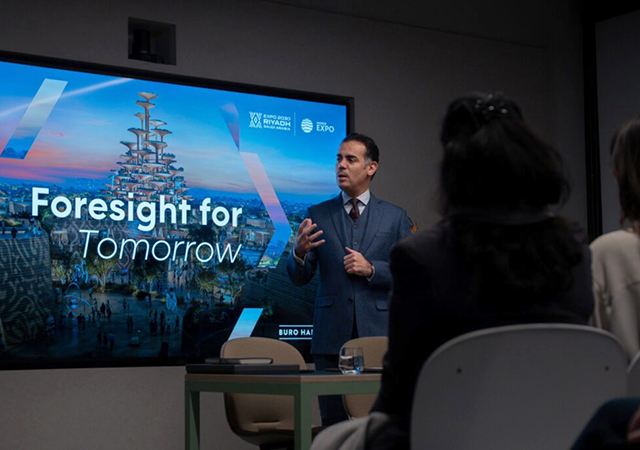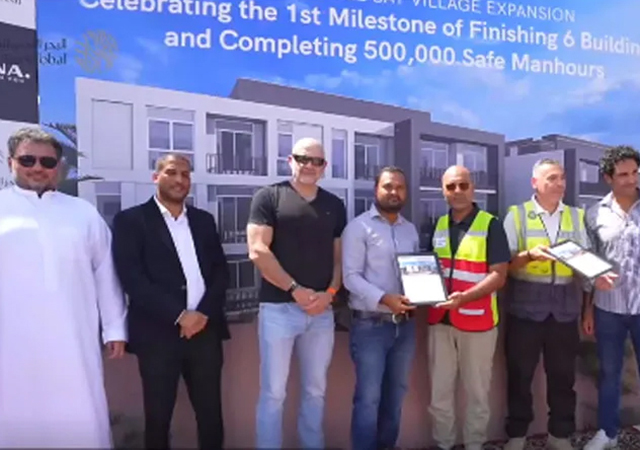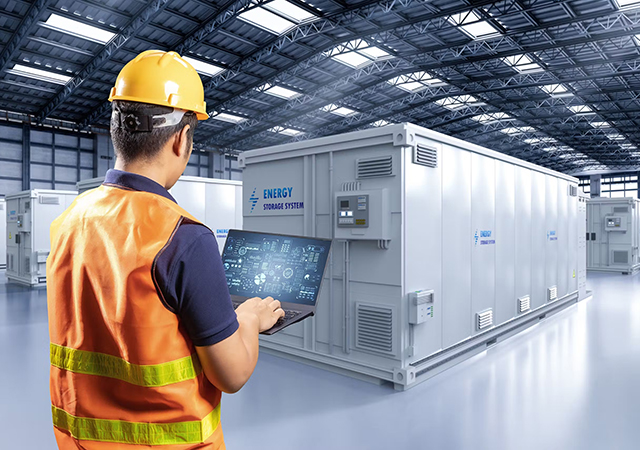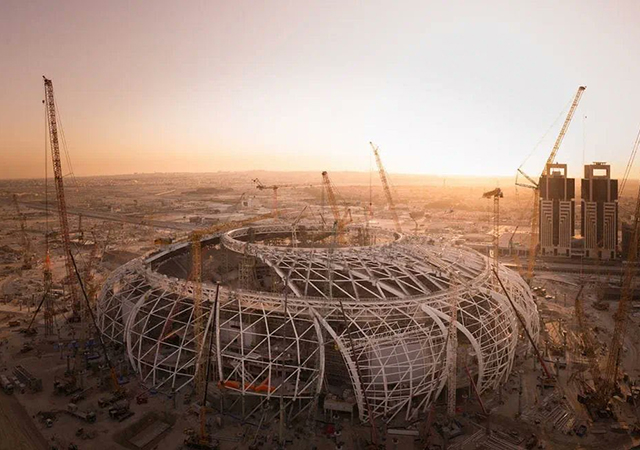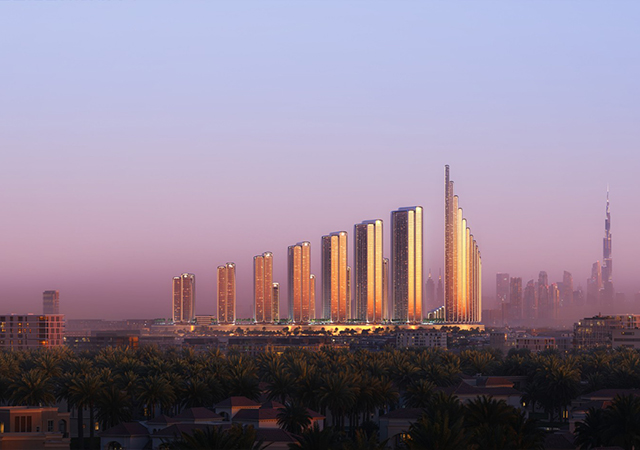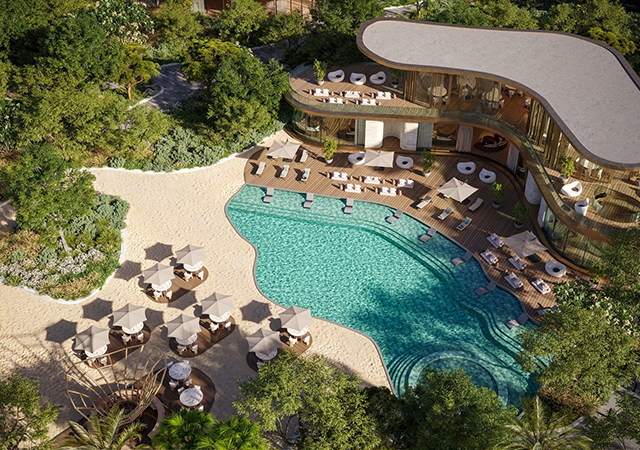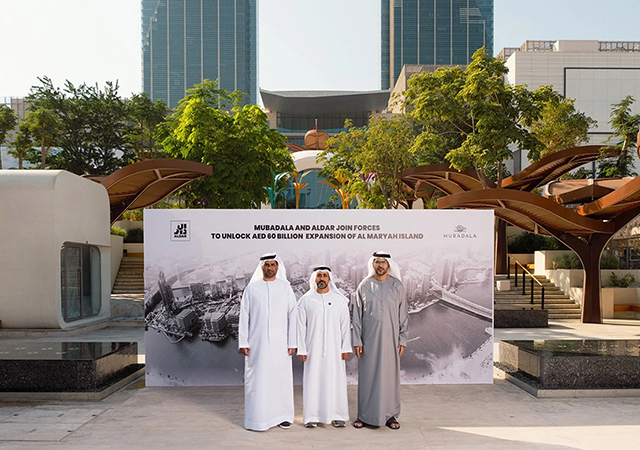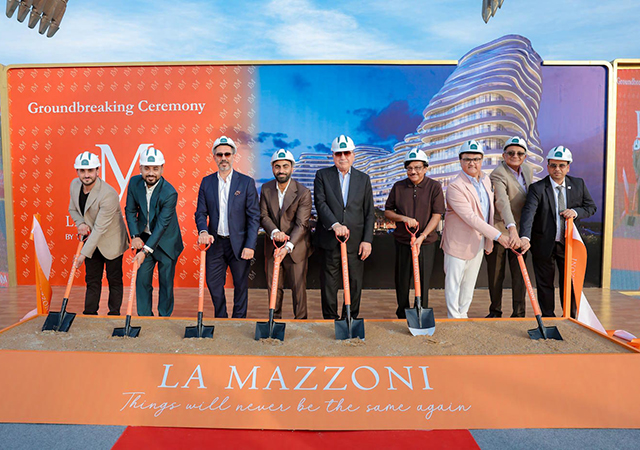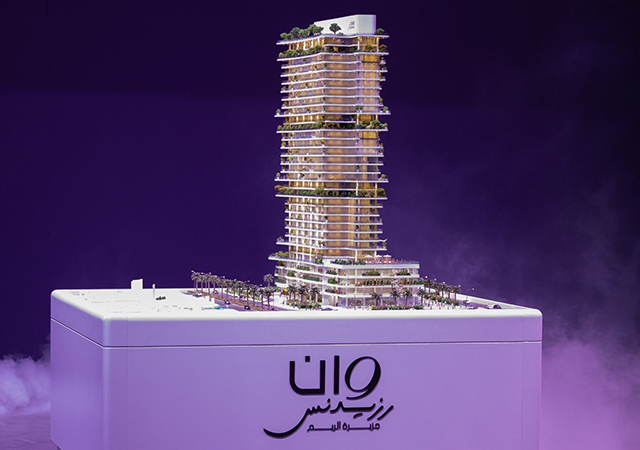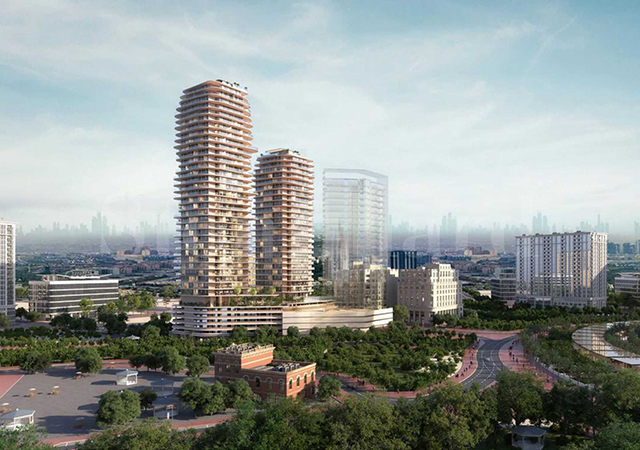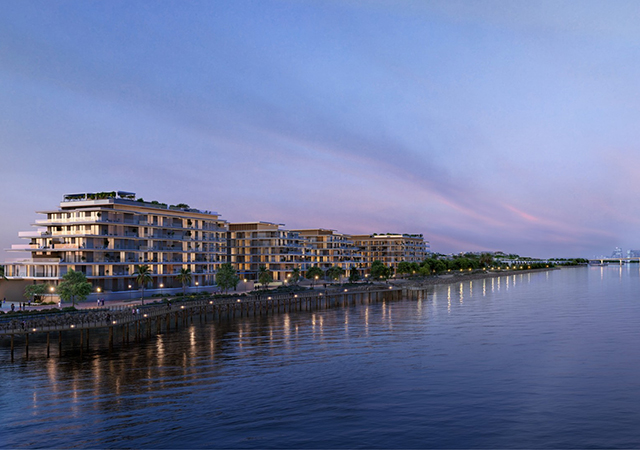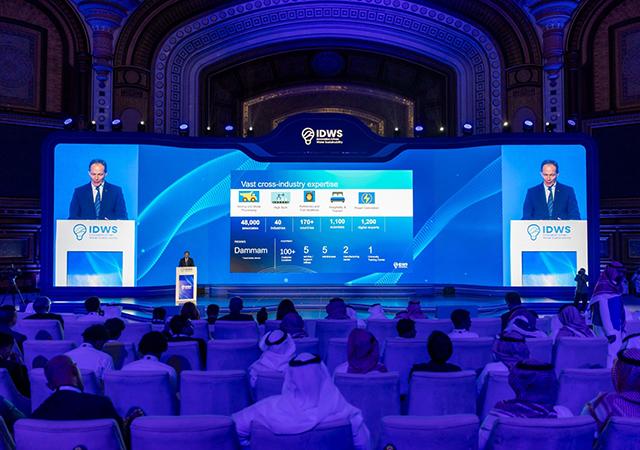

In the UAE and the wider GCC region, there is a noticeable drive to reduce energy consumption and the impact on the environment in line with the increased worldwide concern about global warming. Dubai has committed to a 30 per cent reduction in overall energy consumption by 2030; and real estate developments have a huge role to play in achieving this goal.
In the UAE, there are two key sustainable rating systems – Estidama, developed for Abu Dhabi-based buildings, and Al Safat for Dubai. That said, LEED (Leadership in Energy and Environmental Design) continues to be heavily utilised as a more general and relatable sustainable rating system.
Available for virtually all building types, LEED provides a framework for healthy, highly efficient, and cost-saving green buildings, which can qualify for four levels of certification – certified, silver, gold or platinum. Developers and building owners can closely align with the LEED rating system, especially for energy saving and reduction in water usage to enjoy commercial and social benefits of achieving the rating.
Energy saving
Within the region, data shows that the energy consumption for similar assets and building uses vary significantly, owing to factors such as design and construction of the building, as well as operational management of the space. These rating systems also promote the use of dynamic energy modelling to benchmark the forecasted building energy consumption against the American Society of Heating, Refrigerating and Air-conditioning Engineers (Ashrae), or equivalent, data for occupancy and building types.
Beyond the rating systems, there is also potential to drive further value and target more savings through the introduction of renewable technologies. Making these adjustments early on in the design and construction phase can easily lead to reducing energy consumption by 40 per cent, which goes over the current UAE commitment as well.
In practice, this would mean entities must aim to save up to 45 kWh/sq m/annum, which equates to circa AED13/sq m/annum ($3.5/sq m/annum) against existing building stock. In a typical office, with a floor footprint of 1,500 sq m, this would translate into a saving in the region of AED19,500/annum and a reduction of 29.7 tons of carbon dioxide (CO2). Across an entire commercial development with a built-up area of 50,000 sq m, this saving would be in the region of Dh650,000/annum and a carbon reduction of 990 tons of CO2, which is a substantial saving per year.
Reduced water consumption
Water consumption is a key driver for the region with 99 per cent of the potable water provided by desalination plants via the seawater. This makes potable water an expensive resource in the region and a key resource where daily consumption can easily be reduced.
Water consumption varies based on the building use, occupancy rate and the sanitary ware fittings installed, with the latter playing a significant role in the amount of water consumed due to higher flow rates within the fixtures. Developers and building owners can significantly lower water consumption within the building through selective use of sanitary ware outlets for faucets, water closet cisterns, and flush mechanism.
Regionally, typical consumption for potable water for a commercial office building is in the range of 70 imperial gallons (IG)/sq m/annum to 700 IG/sq m/annum; with an average of 140 IG/sq m/annum. This equates to an annual water consumption bill of AED8,400 per annum for the 1,500-sq-m office example mentioned earlier, and a consumption bill of AED280,000 per annum for the 50,000-sq-m office building example. Here, targeting a 40 per cent reduction in water consumption as per the LEED baseline standards would see annual consumption drop significantly to 84 IG/sq m/annum, with an estimated annual cost of AED5,040 per annum for the office fit-out and an annual cost of AED168,000 for the complete building.
Construction standards
More than often, it is the poor workmanship during construction that negates the desired savings predicted. For example, in some cases, penetrations made in the building envelope during construction are not sealed before handover, which results in a leaky building that contributes to energy expenditure. In other cases, compromises are made while providing building insulation such as using materials with differing U-values and neglecting to provide insulation in the trickier parts of the building. Over-sizing and overlooking proper heating, ventilation and air-conditioning (HVAC) system installation too can result in increased energy load, air leakages and moisture intrusion.
It is important for designers to avoid these situations by thoroughly researching sustainable technologies and accurately determining the efficacy of equipment used.
Conclusion
The overall cost of pursuing a LEED Gold certification could be up to five per cent of the construction cost, however, the long-term commercial and environmental benefits far outweigh the initial uplift. Real estate developers in the region must pay close attention and take active steps to not just ensure energy saving and reduced water usage, but to significantly lower the carbon footprint of projects as well.




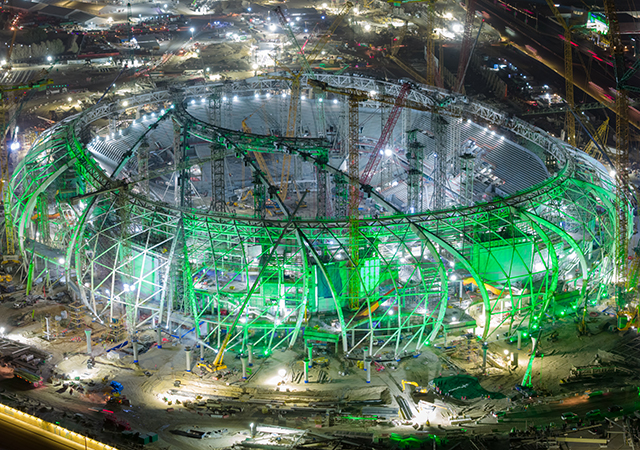



.jpg)

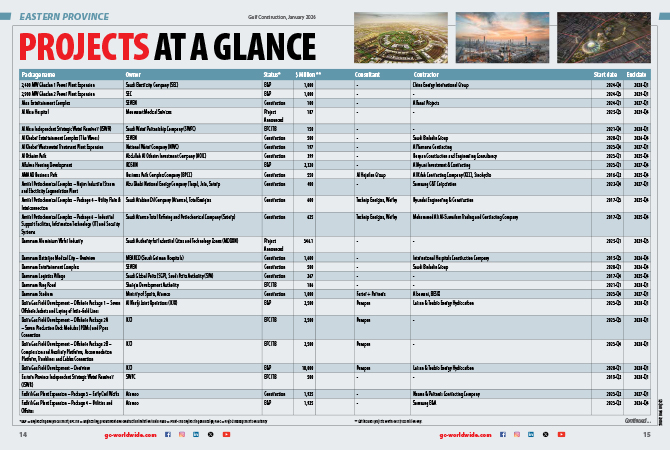

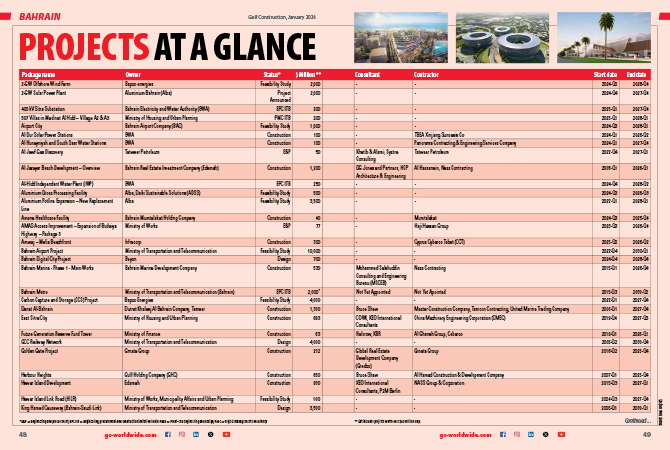
.jpg)






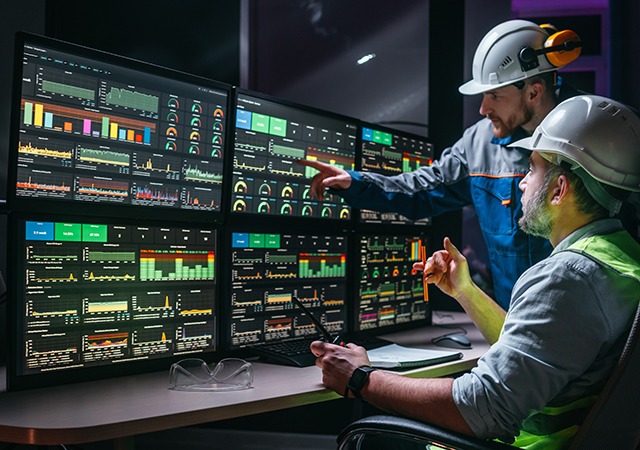

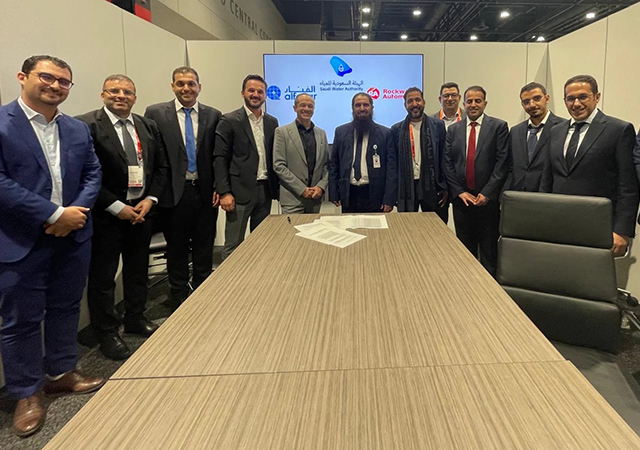
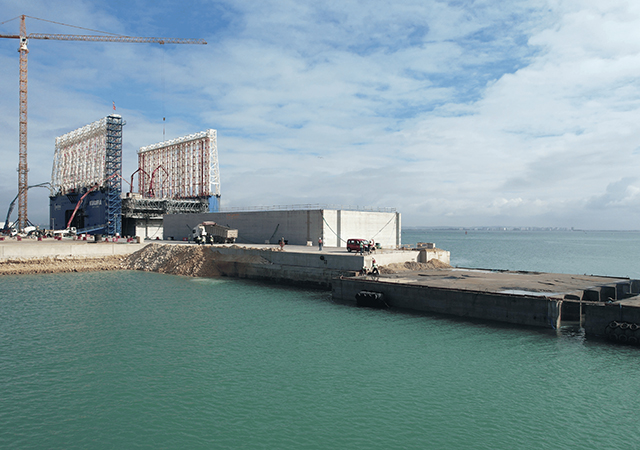

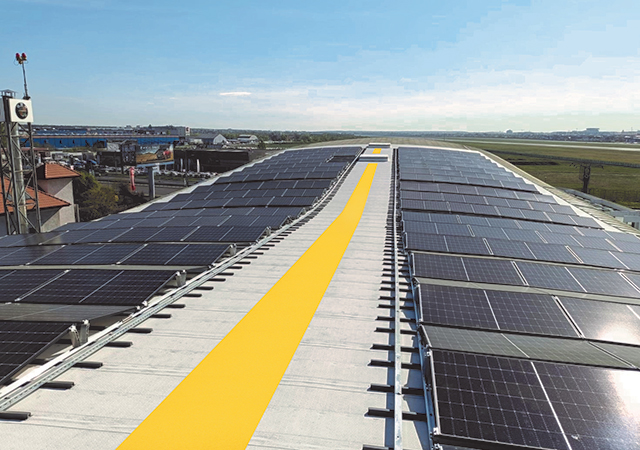
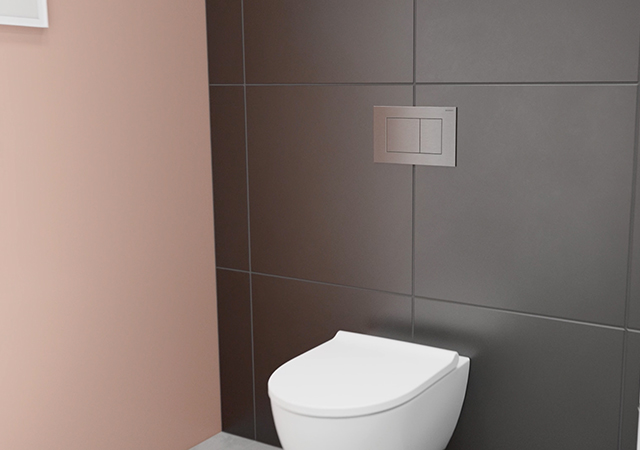








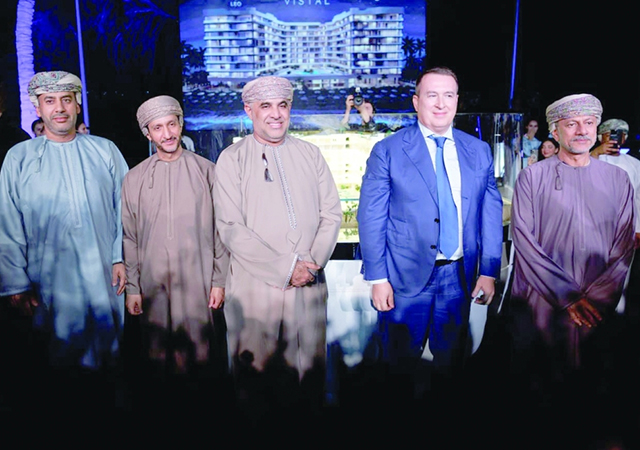
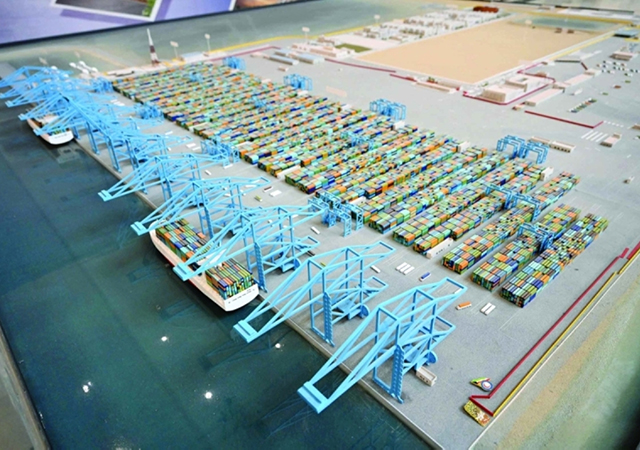


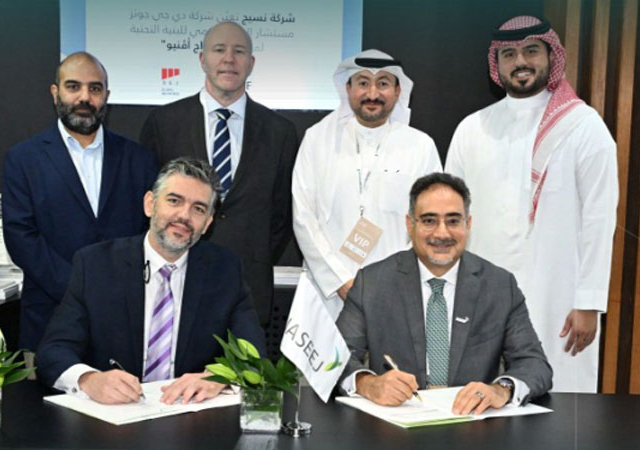


.jpg)

